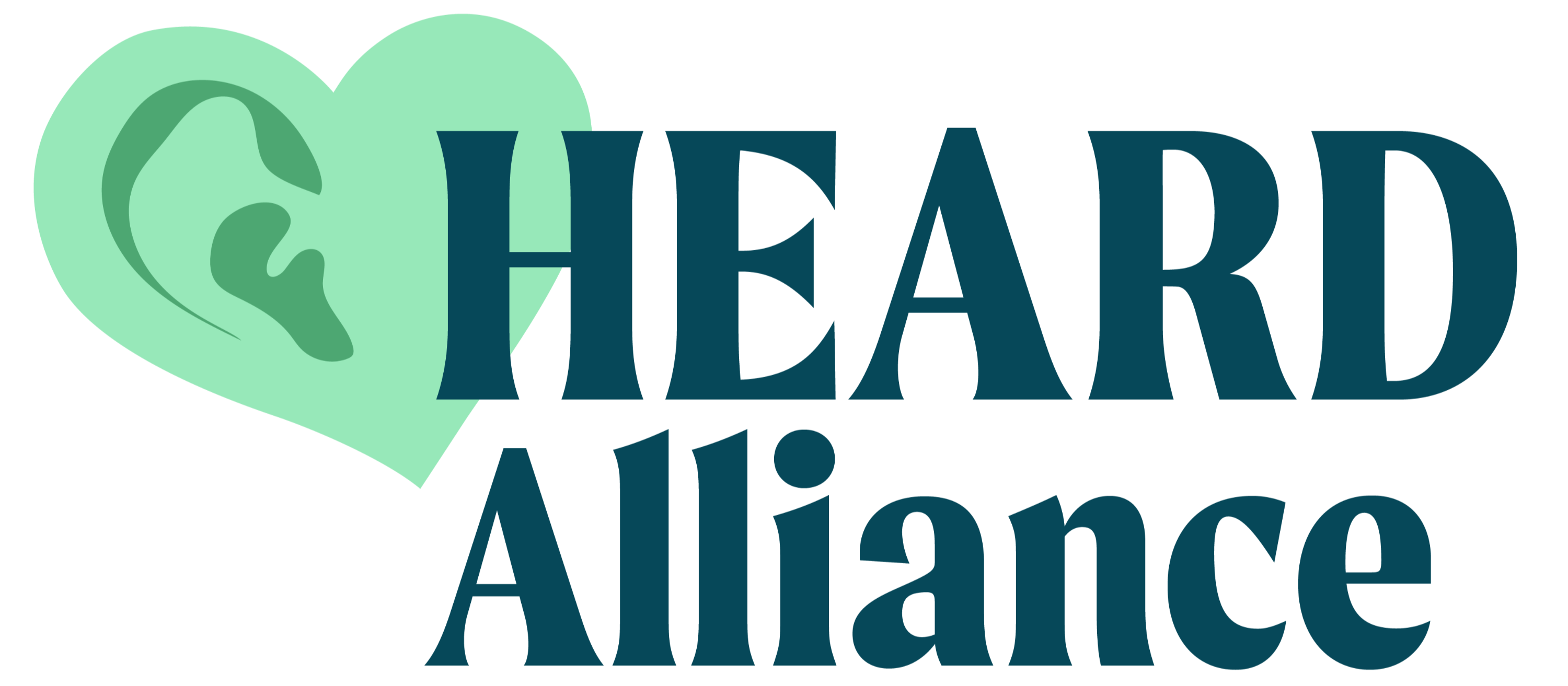Substance Use Resources for Youth and Families
- Mili Mehta
- Apr 23
- 3 min read
Substance use includes alcohol, cannabis, prescription drugs, and other substances that affect how a person feels, thinks, or acts. While TV shows and movies often make it seem like "everyone" is doing it, that’s not the reality—most teens are actually choosing not to use substances.
In fact, about 9 in 10 middle schoolers and 3 in 4 high schoolers reported not using substances at all in the past month—and for good reason. While experimenting with substances doesn’t always lead to harm, it can come with real risks, especially when it's used to cope with stress, anxiety, depression, or other challenges. Mental health and substance use are closely connected—when one is affected, the other usually is too.
Whether you're a young person looking for support, a parent concerned about your teen, or an educator seeking trusted information, the curated resources below can help. These tools are designed to inform, reduce stigma, and guide early intervention—with care, not judgment.
Find substance use resources for youth and families below.
For a full list of substance use resources for youth and families, visit our toolkits for youth & families, schools, or health providers.
Substance Use Resources for Youth
NIAA: Facts About Teen Drinking
A public health resource from the National Institute on Alcohol Abuse and Alcoholism (NIAAA) to help teens and young adults reflect on their drinking habits and offers tools for making healthier choices.
NIAA: Rethinking Drinking > A public health resource from the National Institute on Alcohol Abuse and Alcoholism (NIAAA) to help teens and young adults reflect on their drinking habits and offers tools for making healthier choices.
Not A Moment Wasted > An initiative from non-profit Responsibility.org offering straightforward, empowering guidance for teens, decision-making, and how to navigate peer pressure.
An Australian mental health organization that offers youth-centered articles, personal stories, and advice for managing peer pressure, substance use, and mental health.
Run by Columbia University Health and providing research-backed Q&As, this site answers common, real-life questions from youth about drugs, alcohol, and health.
Substance Use Resources for Parents & Families
A national nonprofit offering evidence-based resources and family support services that aims to helps parents understand substance use, build communication, and access professional help.
A federal public health campaign from the Substance Abuse and Mental Health Services Administration that guides families in starting open conversations about drugs and alcohol with youth.
A website by the DEA, dedicated to drug awareness and prevention, offering information on drug facts, risks, and consequences, as well as resources for those seeking help.
A nonprofit focused on children's mental health and learning challenges offering information explaining the types of substances teens today are likely to turn to, how to talk to them about it, and the links between substance use and mental health.
Designed for young people and their allies, parents, guardians, and educators, NIDA offers a library of science-based, multimedia resources focused on substance use and prevention.
A trusted nonprofit treatment provider offering educational resources, support groups, and guidance to help parents understand and respond to substance use in teens and young adults.
An online platform offering up-to-date information, guides, and support for parents navigating youth substance use, treatment options, and recovery resources.
Substance Use Resources for Schools, Clinicians, and Community Allies
Designed for young people and their allies, parents, guardians, and educators, NIDA offers a library of science-based, multimedia resources focused on substance use and prevention.
A federal resource center offering evidence-based strategies, data, and tools to help educators, providers, and community leaders prevent underage drinking.
Funded by the U.S. Department of Education, this website offers resources to promote safe school environments and provides best practices for prevention and student support.
A Stanford University initiative focused on adolescent behavioral health that offers data, training, and guidance for early identification and school-based prevention for various substances, including tobacco and nicotine, cannabis/ marijuana, fentanyl and opioids and more
For a full list of substance use resources for youth and families, visit our toolkits for youth & families, schools, or health providers.



















